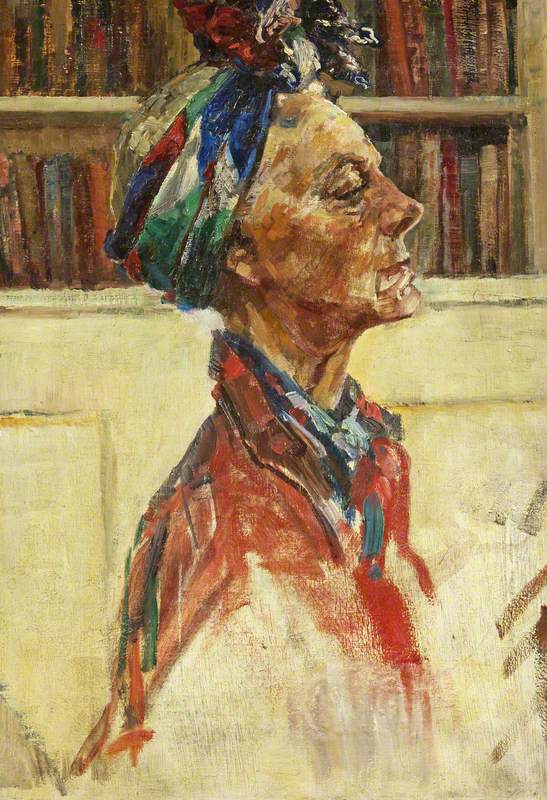Playwright, novelist, artist and actress, born in Greenwich, southeast London. She was educated in England, Germany and Switzerland and studied at the Slade School of Fine Art, 1905–7, under her real name, Winifred Ashton. Although she intended to make painting her profession, by 1913 the theatre had become her abiding interest and she went on the stage as Diana Cortis. The outbreak of World War I and health problems intervened, and, after teaching in a girls’ school, she began writing novels as Clemence Dane. The pseudonym was adapted from the name of St Clement Danes church, in the Strand, and symbolised her love of the Covent Garden area, with which she was to become identified and of which she wrote in her 1964 book London Has a Garden.
Read more
When Regiment of Women appeared in 1917 Dane was termed a new novelist of distinction and her reputation grew with the success of her first play A Bill of Divorcement, produced at the St Martin’s Theatre in 1921. None of Dane’s further plays achieved this success, although The Happy Hypocrite, 1936, an adaptation of Max Beerbohm’s story, starring Ivor Novello and Vivien Leigh, was notable. A tireless worker, Dane also wrote many radio plays and more novels, particularly Broome Stages, 1931. She was advised on this by her old friend Richard Addinsell, composer of the popular Warsaw Concerto. Dane made a striking 1935 alabaster bust of him, offered by Bonhams Knightsbridge in 2003, for she continued to paint and sculpt all her life. She was a noted eccentric, the original of the medium Madame Arcati in her friend Noël Coward’s play Blithe Spirit; she was asked to play Arcati but declined, Margaret Rutherford memorably replacing her. A pastel of Dane by the artist Fred Yates is in the National Portrait Gallery.
Text source: 'Artists in Britain Since 1945' by David Buckman (Art Dictionaries Ltd, part of Sansom & Company)










